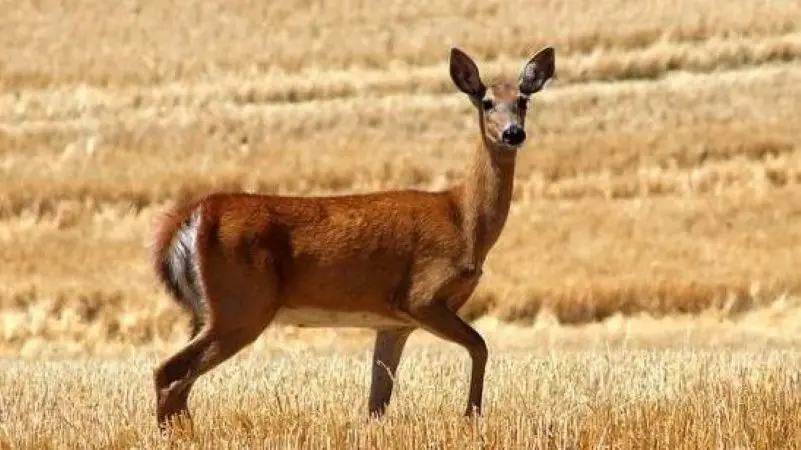SPOKANE, WA – Eastern Washington wildlife officials are warning hunters and landowners about an outbreak of Epizootic Hemorrhagic Disease (EHD) and Bluetongue that is affecting deer populations in several counties.
According to the Washington Department of Fish & Wildlife (WDFW), Stevens and Spokane counties appear to be hit hardest so far, though reports are coming in from other parts of the agency’s Eastern Region 1. Both diseases are spread by tiny biting midges, commonly known as Culicoides gnats, which thrive during hot, dry weather when deer gather around limited water sources.
EHD primarily impacts white-tailed deer, while Bluetongue can also affect mule deer, cattle, and domestic sheep. The two viral diseases are unrelated to chronic wasting disease.
Wildlife officials urge residents to report sightings of sick or dead deer. Animals showing signs such as lethargy, disorientation, breathing difficulties, foaming at the mouth or nose, excessive salivation, or swollen blue-tinged tongues should be reported using WDFW’s online tool at wdfw.wa.gov or by calling 509-892-1001.
“There is no treatment for EHD or Bluetongue,” WDFW stated. “If you find a sick deer, it is best to let nature take its course.” Landowners who discover carcasses are advised to bury them, leave them to decompose naturally, or contact local landfills or transfer stations to check if carcass disposal is allowed.
The outbreak could reduce hunter success this fall and may have longer-term impacts on deer populations in the region.
For more information about EHD and Bluetongue, visit WDFW’s disease resource page at wdfw.wa.gov.





